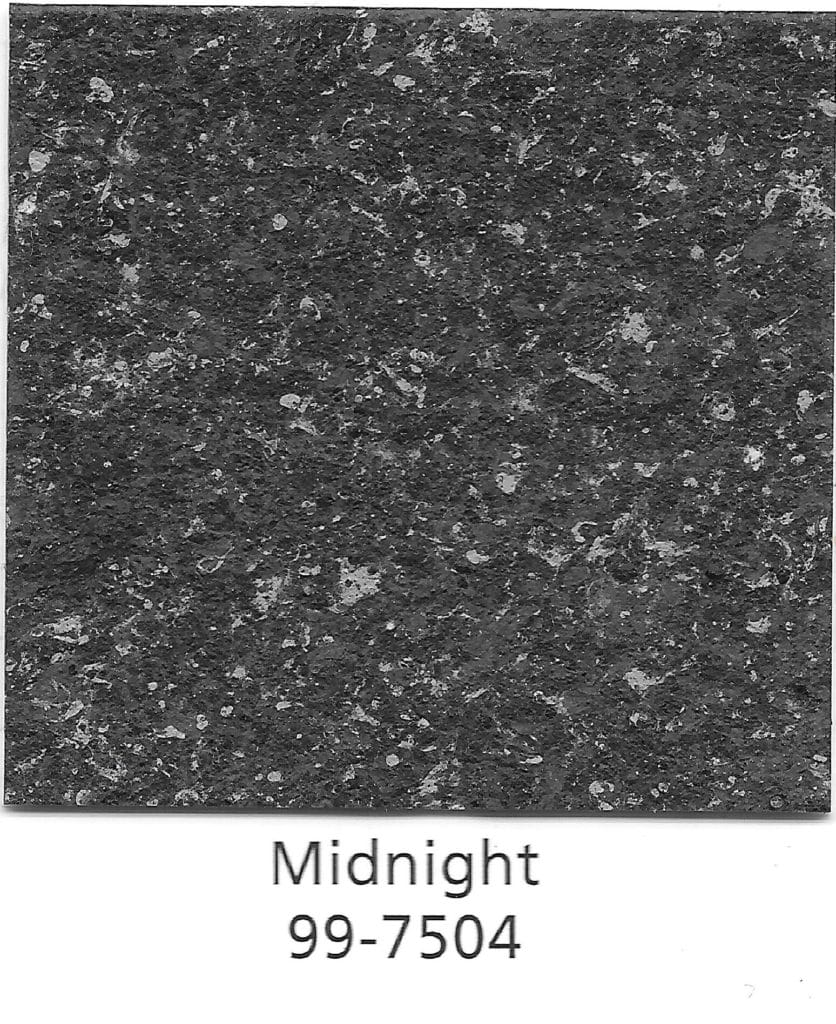
They are one of about 12 known types of minerals that predate the Solar System and have also been detected in molecular clouds. Some microscopic grains have distinctive isotopic compositions, indicating that they were formed before the Solar System. Small graphitic crystals in meteoritic iron are called cliftonite. In meteorites, graphite occurs with troilite and silicate minerals.

The principal export sources of mined graphite are in order of tonnage: China, Mexico, Canada, Brazil, and Madagascar. Minerals associated with graphite include quartz, calcite, micas and tourmaline. It also occurs in igneous rocks and in meteorites. Graphite occurs in metamorphic rocks as a result of the reduction of sedimentary carbon compounds during metamorphism. The name "graphite fiber" is sometimes used to refer to carbon fibers or carbon fiber-reinforced polymer.Highly ordered pyrolytic graphite refers to graphite with an angular spread between the graphite sheets of less than 1°.Lump graphite (or vein graphite) occurs in fissure veins or fractures and appears as massive platy intergrowths of fibrous or acicular crystalline aggregates, and is probably hydrothermal in origin.Amorphous graphite: very fine flake graphite is sometimes called amorphous.When broken the edges can be irregular or angular Crystalline small flakes of graphite (or flake graphite) occurs as isolated, flat, plate-like particles with hexagonal edges if unbroken.The principal types of natural graphite, each occurring in different types of ore deposits, are 6 Graphite mining, beneficiation, and milling.5.1 Invention of a process to produce synthetic graphite.It is a weak conductor of heat and electricity. Under high pressures and temperatures it converts to diamond. Synthetic and natural graphite are consumed on large scale (300 kton/y ea, in 1989) for uses in pencils, lubricants, and electrodes. Graphite occurs naturally and is the most stable form of carbon under standard conditions. It consists of stacked layers of graphene. Graphite ( / ˈ ɡ r æ f aɪ t/) is a crystalline form of the element carbon.

Strongly anisotropic, conducts electricity, greasy feel, readily marks

Soluble in molten nickel, warm chlorosulfuric acid Opaque, transparent only in extremely thin flakes Tabular, six-sided foliated masses, granular to compacted massesįlaky, otherwise rough when not on cleavage Iron-black to steel-gray deep blue in transmitted light


 0 kommentar(er)
0 kommentar(er)
